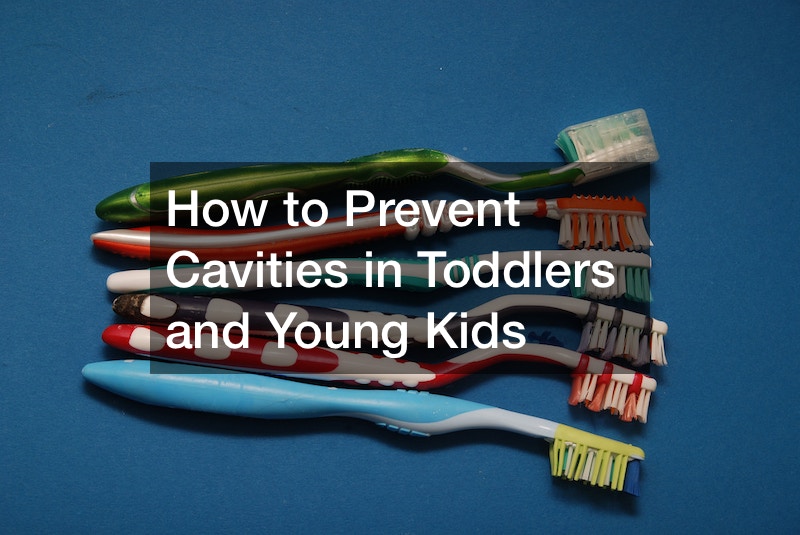determine a diagnosis by analyzing a full background of your child’s health as well as examining your mouth and , in some cases, dental scans. Dental health is vital for your child’s overall health. Therefore, be sure to have the right diagnoses at all times, even if you think only your child is in need of dental cleaning for tooth decay.
Prevention of Tooth Cavities between Toddlers and young children
Prevention is the ideal tool in determining how to avoid dental cavities among toddlers and younger children. And here’s what to do
1. Brushing
Children will forget to brush their teeth, or brush improperly. Make sure that your child brushes their teeth at least twice every throughout the day. Also, monitor and guide them when they scrub. Learn the proper brushing technique. Make sure you use the correct oral hygiene products for toddlers. Their mouths are also vulnerable to germs and bacteria. Choose a soft-to-the-touch, child-friendly fluoride toothpaste every day in lieu of using a brush after meals.
2. Flossing
Your child should floss their teeth at least once each day. Flossing is a way to remove food particles that are between the teeth. Be sure that you floss correctly. Kids should be flossing after they brush in order to get optimal outcome. After the age of 2, flossing should be started right away. This is an easy and yet vital practice that could reduce the cost of subsequent dental treatments.
3. Diet
An energizing diet can be a assurance of healthy teeth for youngsters. Beware of sticky snacks and sweet food items in order to minimize costs for dental treatment. You can consider healthier alternatives like yogurt, frozen bananas or dried fruit with no sugar added if your children have a sweet tooth. If your child is using a bedtime bottle, use plain water instead of syrups and sweets which can cause dental decay.
4. Be aware of the possibility of transmission of bacteria to children and toddlers.
Bacteria are the main caus
t7fek6u11k.
